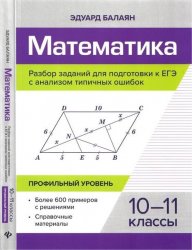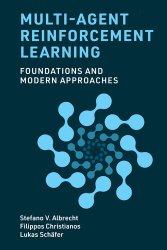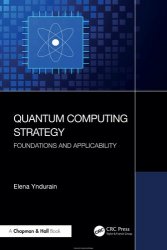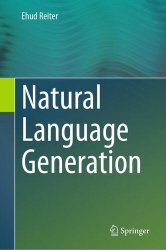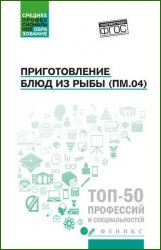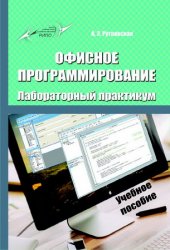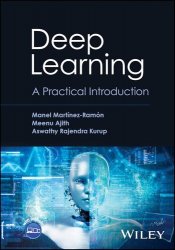 Название: Deep Learning: A Practical Introduction
Название: Deep Learning: A Practical IntroductionАвтор: Manel Martínez-Ramón, Meenu Ajith, Aswathy Rajendra Kurup
Издательство: Wiley
Год: 2024
Страниц: 405
Язык: английский
Формат: pdf (true)
Размер: 15.7 MB
An engaging and accessible introduction to Deep Learning perfect for students and professionals.
In Deep Learning: A Practical Introduction, a team of distinguished researchers delivers a book complete with coverage of the theoretical and practical elements of Deep Learning. The book includes extensive examples, end-of-chapter exercises, homework, exam material, and a GitHub repository containing code and data for all provided examples.
Combining contemporary Deep Learning theory with state-of-the-art tools, the chapters are structured to maximize accessibility for both beginning and intermediate students. The authors have included coverage of TensorFlow, Keras, and Pytorch. Readers will also find:
Thorough introductions to Deep Learning and Deep Learning tools
Comprehensive explorations of convolutional neural networks, including discussions of their elements, operation, training, and architectures
Practical discussions of recurrent neural networks and non-supervised approaches to deep learning
Fulsome treatments of generative adversarial networks as well as deep Bayesian neural networks
Chapter 1 is a first contact with Deep Learning, where we introduce the most basic type of feedforward neural network (FFNN), which is called the multilayer perception (MLP). Here, we first introduce the low-level basic elements of most neural networks and then the structure and learning criteria.
Chapter 2 is complementary to Chapter 1, but its contents are valid for the rest of the book since it provides details about the practical training of deep learning structures, which we have omitted from the first chapter in order to make it more concise and compact. These readers who do not have a knowledge of basic Python will benefit from using Chapter 3 in order to start experimenting with learning machines in this programming language. In this chapter, authors assume that the reader has reviewed Chapter 1, which implies that they have been introduced to the concepts of structure, criteria, and algorithms. If so, readers already had the opportunity to see some basic Python codes containing at least a class with methods and an instantiation of it to be used in the examples and exercises, without needing to understand their Python structure. In this chapter, we introduce the basic elements of Python to be used throughout the book, and we will revisit the code previously introduced in Chapter 3, among other examples.
The concepts and structure of convolutional neural structures are described in Chapter 4. It starts with the concept of convolution in two dimensions and its justification for its use in Deep Learning, after which the structure of a convolutional neural network is described.
...
Chapter 8 briefly covers the generative adversarial networks (GANs).
Chapter 9 covers the main topics of deep Bayesian networks.
Perfect for undergraduate and graduate students studying Computer Vision, Computer Science, Artificial Intelligence, and neural networks, Deep Learning: A Practical Introduction will also benefit practitioners and researchers in the fields of Deep Learning and Machine Learning in general.
Скачать Deep Learning: A Practical Introduction
[related-news] [/related-news]
Комментарии 0
Комментариев пока нет. Стань первым!
